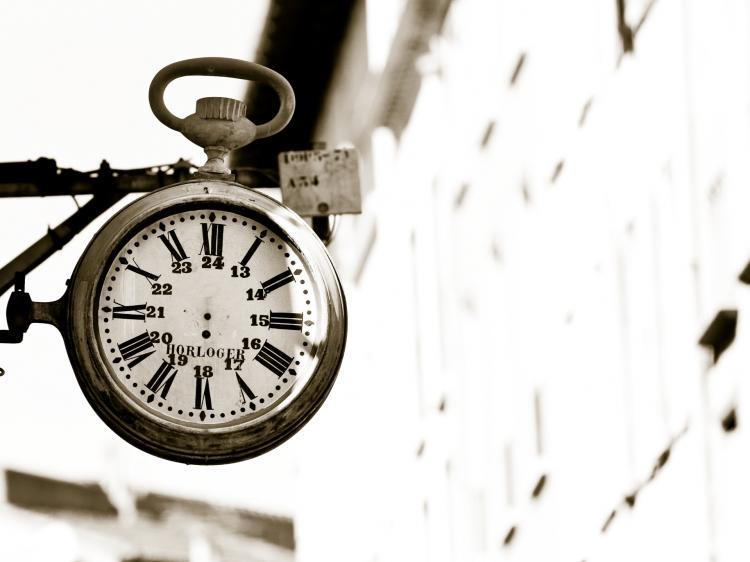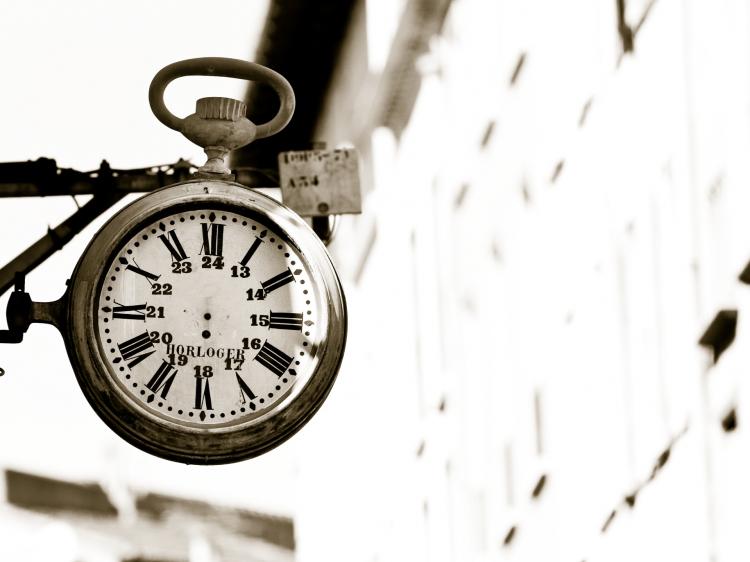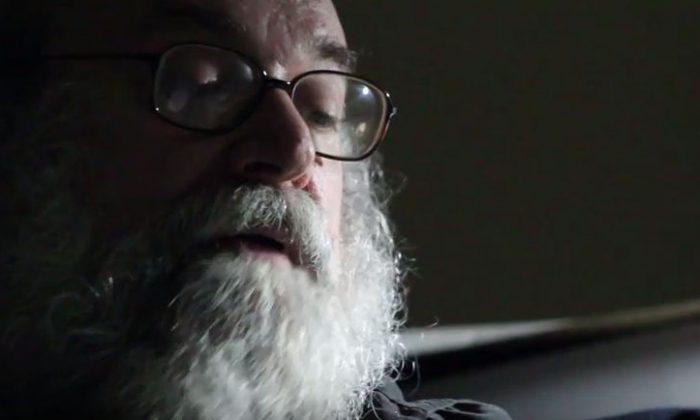The confirmation of the gravitational redshift effect verifies that the flow of time is not constant throughout our universe. Instead, it varies according to the relative position to massive bodies and the gravitational pull that these enormous masses can exert.
To illustrate in simple terms, if a clock is close to a massive body, or if it is being pulled by a huge gravitational force, the closer it is to this huge celestial body or the stronger the gravitational pull, the slower the clock will tick.
This research was carried out by Dr. Holger Müller from the University of California, Berkeley, United States Secretary of Energy Dr. Steven Chu, and Dr. Achim Peters from Berlin’s Humboldt University.
One of the limitations of these redshift effect measurements that were undertaken is that they are limited by the degree of gravitational pull that the Earth’s mass provides. Nevertheless, thanks to an extremely precise clock, the scientists were able to dramatically increase the precision of their experiment.
Chu and Müller based their new research on results from an experiment done by Peters and Chu back in 1997. The experiment consisted of trapping cesium atoms with laser pulses, and then reducing their velocity as much as possible by cooling them at a temperature of a few millionths of a degree above absolute zero. After that, the cesium atoms were struck with a vertical laser beam, giving them an upward kick in order to measure the gravitational freefall.
To properly measure gravitational redshift, Chu and Müller re-interpreted those results and came up with a new experiment.
In the new experiment, each of the atoms tested would be exposed to three laser pulses. The first pulse would generate one of two equally probable states on the cesium atom—either it would not have any effect whatsoever and the atom would fall down by the pull of gravity, or the laser would give it an upward kick that would make it reach a higher height before descending.
If the latter state happened, then a second pulse would be applied at a certain moment in order to push down the atom faster, simulating greater gravity. This would cause the atoms at the two superposition states to meet when they were on their way down.
At this moment, the third pulse would be fired. Its purpose is to measure the interference between those two states, which happens because atoms exist as waves. Any difference in gravitational redshift between the states, which exist at different heights over Earth’s surface, would manifest itself as a certain change in the relative phase of both states.
In order to increase the precision of the measurements, Dr. Müller plans to increase the distance between the two superposition states of the cesium atoms during his experiment. According to Müller, if the current distance, which is 0.1 mm, were to be increased to 1 m, then it should be possible for scientists to detect gravitational waves—fluctuations in the curvature of space-time which were predicted by Einstein in his Theory of General Relativity.






